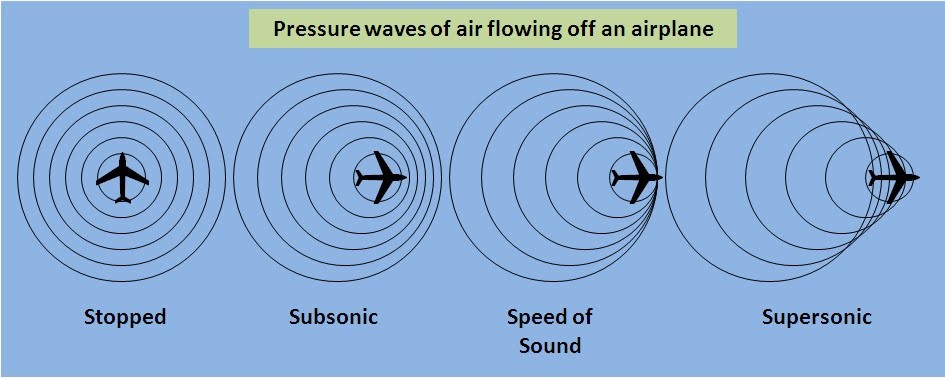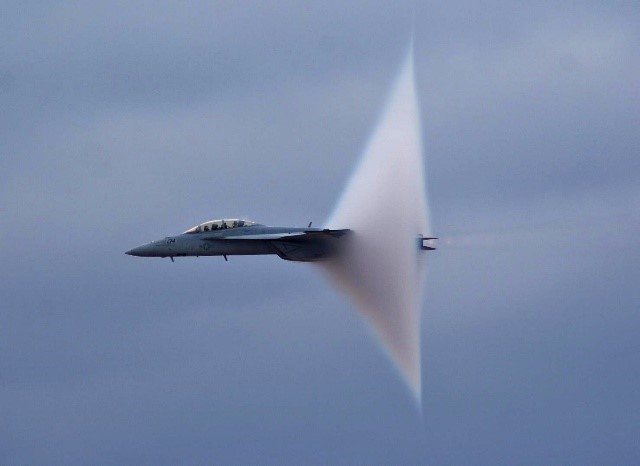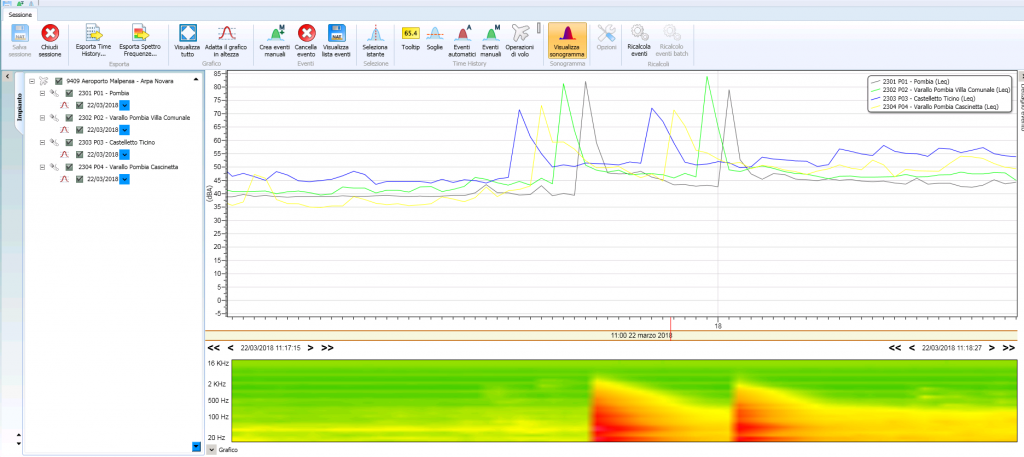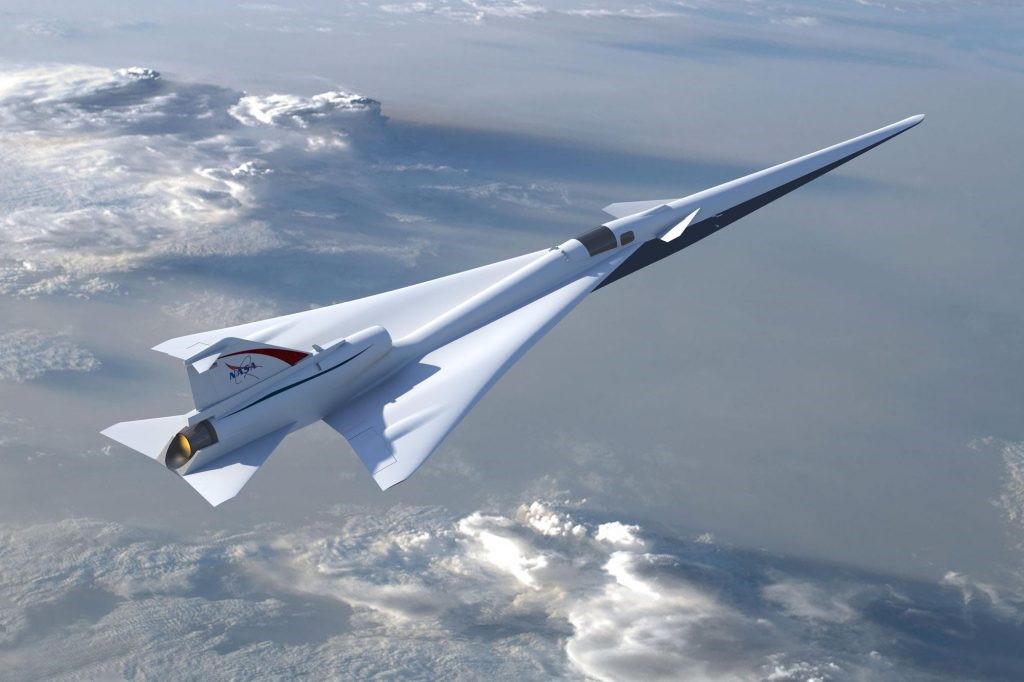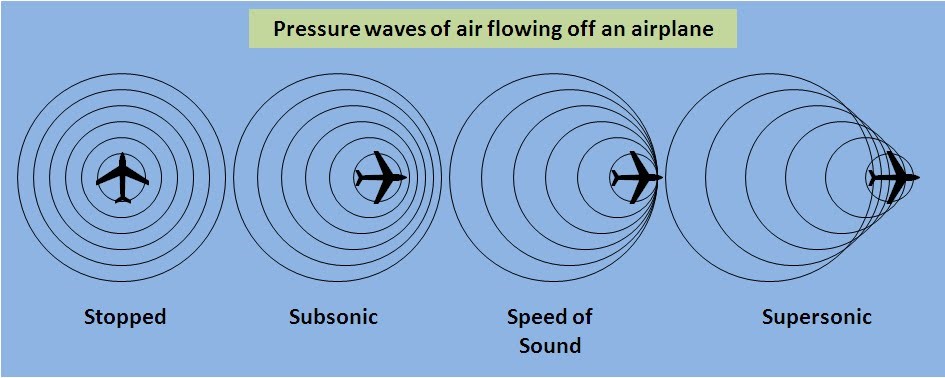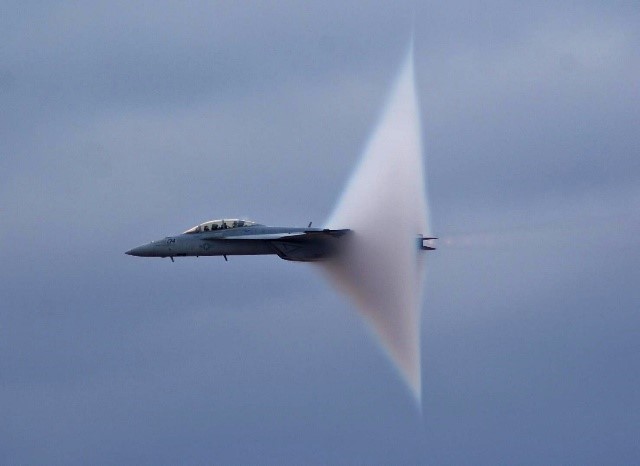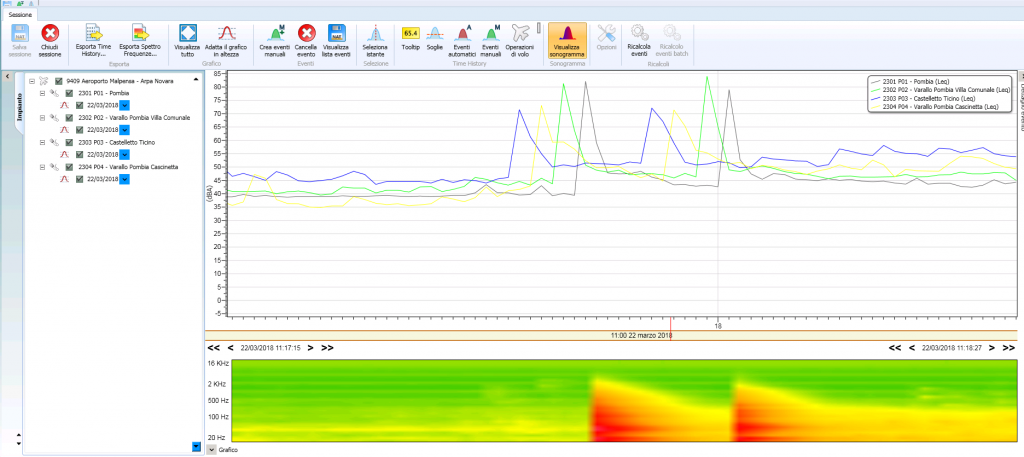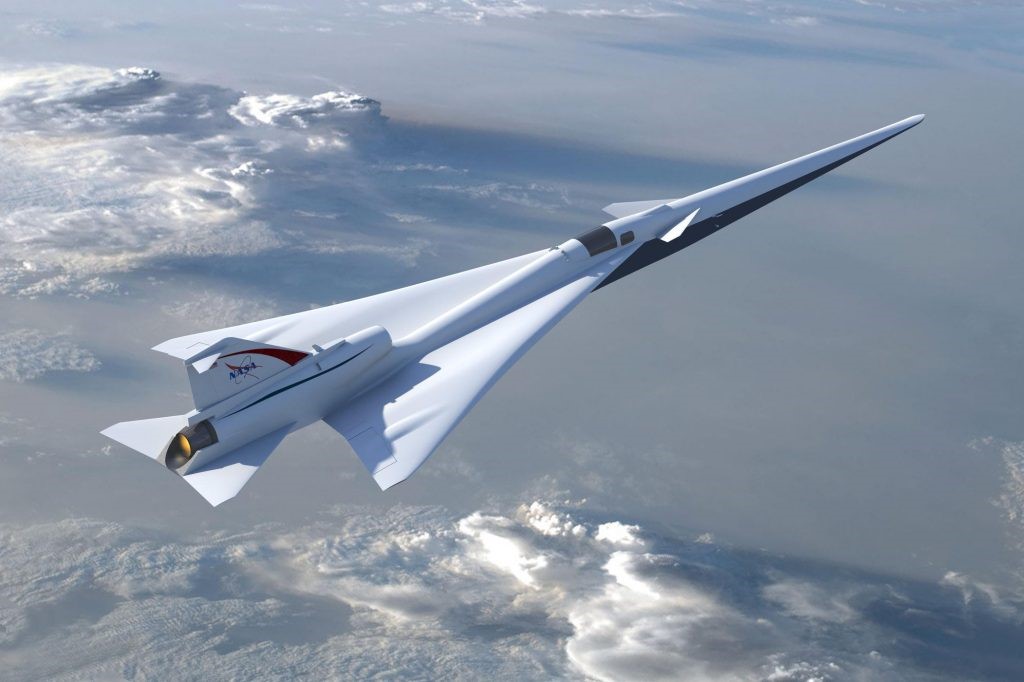A smart city is an urban area in which, thanks to the use of digital technologies and more generally of technological innovation, it is possible to optimize and improve the infrastructures and services to citizens, making them more efficient.
According to a classification made by the University of Vienna, there are 6 factors that distinguish a smart city, that is:
- Smart economy
- Smart living
- Smart environment
- Smart mobility
- Smart people
- Smart governance
KEYWORD: CONNECTIVITY
The combination of smart city and connectivity will lead to a new frontier of mobility in which data-driven technologies will make the difference.
Technological innovation and, in particular, the Internet of Things (IoT) has opened the doors to countless possibilities; Sensor networks and Long Range technologies (LoRaWAN) are the basis of the smart revolution in every area of city management (think of smart lighting systems, smart metering, etc.).
But intelligence also means guaranteeing the inhabitants a more sustainable city and infrastructures capable of improving the quality of their life, which means greater attention to the environment, but also to mobility.
According to the EPA (European Parking Association), 30% of urban pollution depends on traffic due to the search for parking. Not only CO2 emissions are increasing but also the stress of motorists who are estimated to spend between 2.5 and 10 days a year looking for a parking space, with an average annual waste of diesel fuel of about € 310.
SMART PARKING is the solution
To cope with the situation, it is possible to use one of the many smart parking systems available on the market, some of which are also very complex and able to integrate with parking surveillance and payment systems, with a consequent financial commitment on the part of the buyer.
But the benefits are significant and can already be obtained with a low cost but technologically advanced system such as our Open Parking.
Born in collaboration with some municipal bodies, the project involves the installation on the stalls of special magnetic technology sensors, able to read the presence or absence of a vehicle on the stall and send the communication to a central platform using the low range network ( LoRa).
The information is provided to users in charge of control, but also to surveillance and to citizens who, through an app, will be able to easily identify free stalls and be guided along the route. They will also be able to report any dangerous conditions on the stall, infringements by other users or malfunction of the app.
The advantages deriving from the installation of Open Parking are even more relevant if related to the economic investment required: low consumption, low maintenance required, and long battery life mean that in addition to being smart, Open Parking is also a solution low cost.


